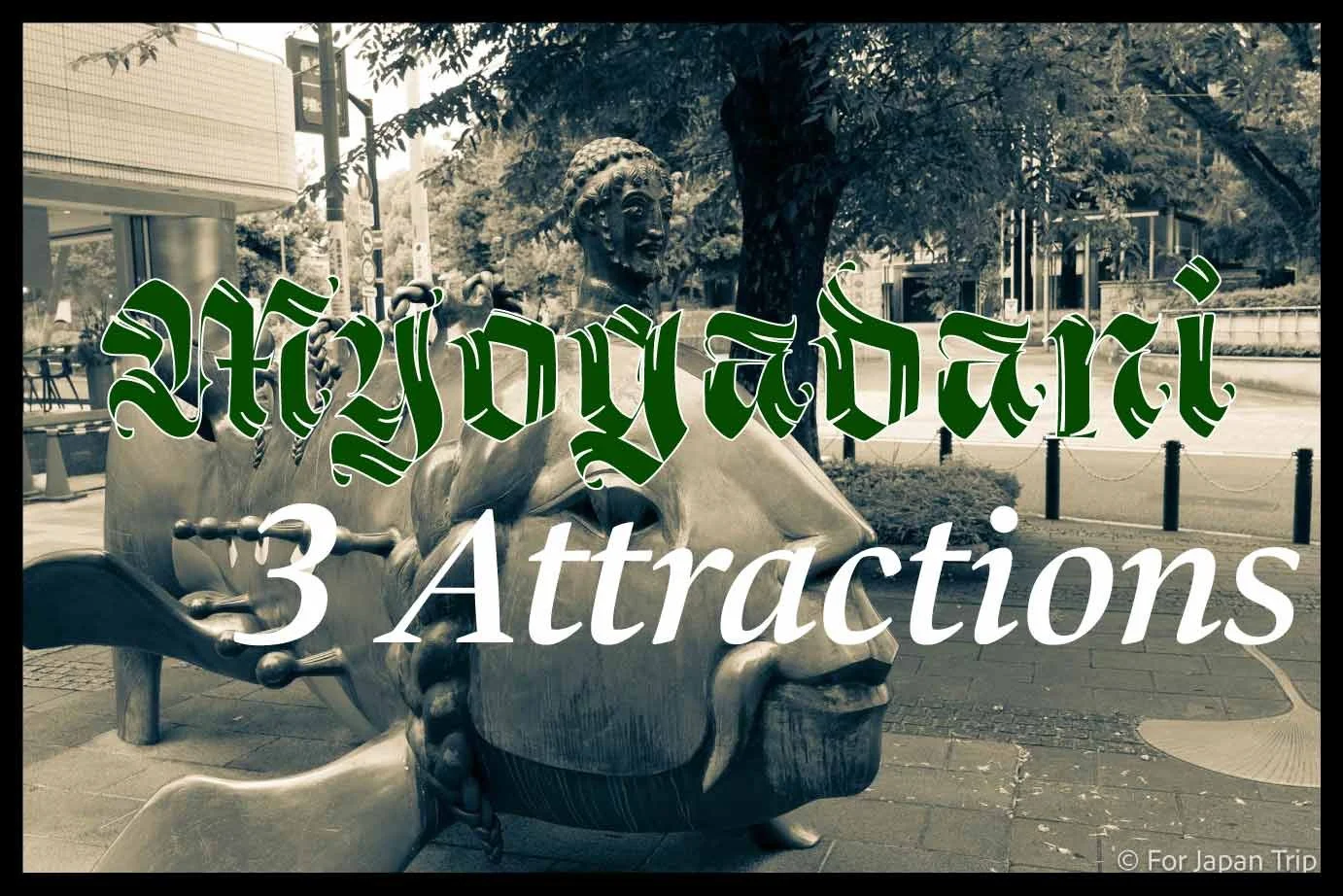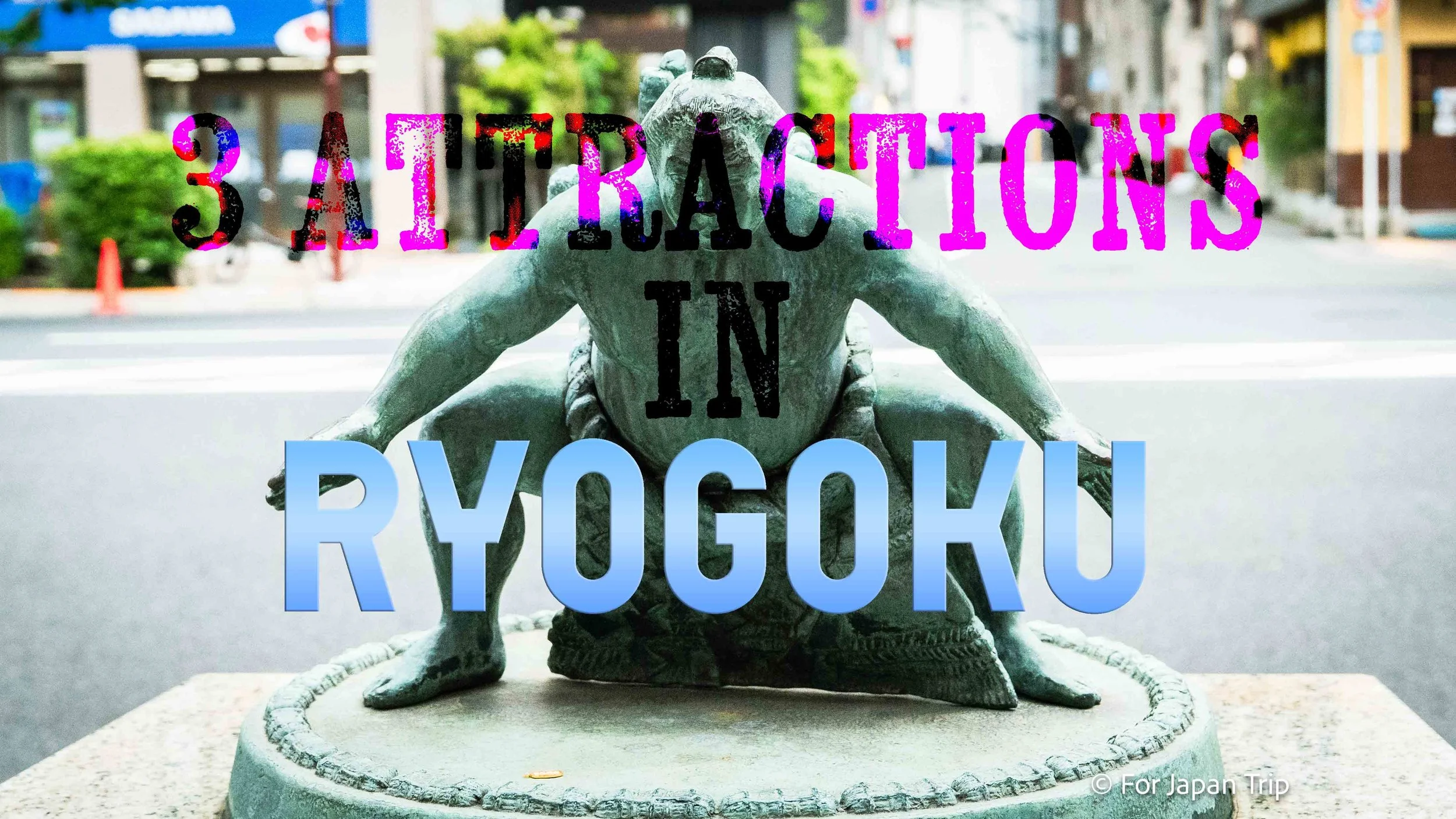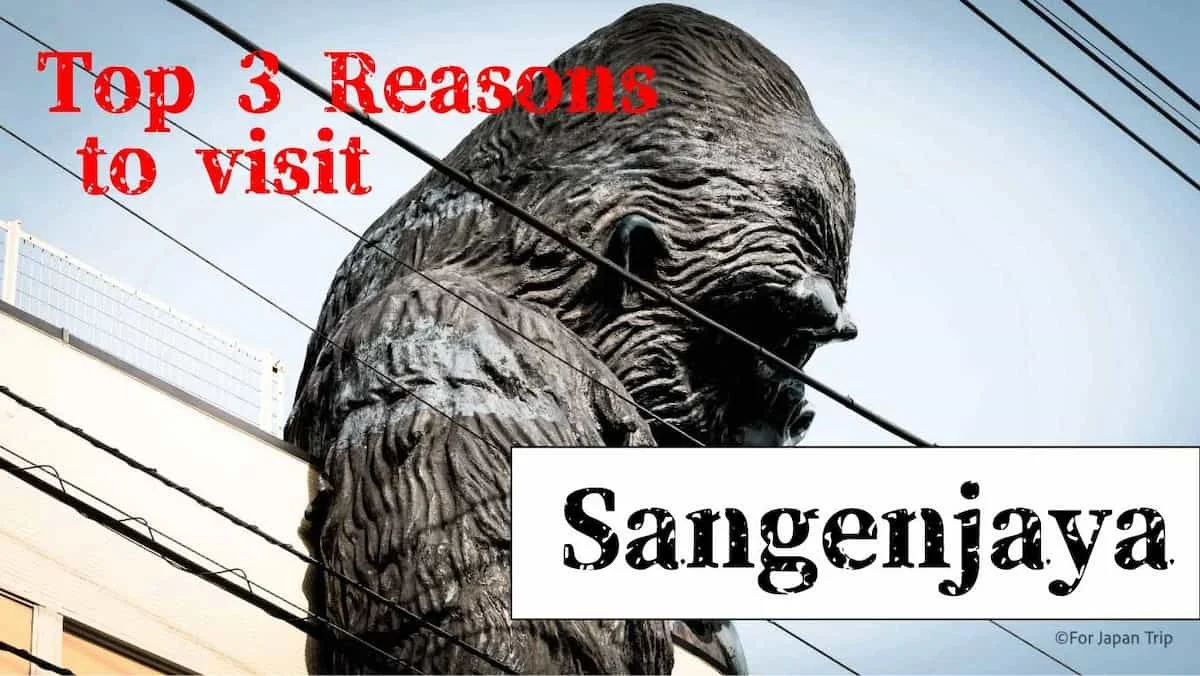3 Attractions in Myogadani, Tokyo Travel
※updated on July 19 2025
Myogadani is a peaceful residential and educational district located in the central part of Bunkyo city, Tokyo.
The nearest station, Myogadani Station on the Tokyo Metro Marunouchi Line, offers direct access to major areas such as Shinjuku, Ikebukuro, and Tokyo Station.
The name “Myogadani” is said to originate from the early Edo period, when the area was farmland in the former Kohinata Village. The valley was known for the abundance of myoga (Japanese ginger) that naturally grew and was cultivated there.
Bunkyo city, where Myogadani is located, is known as one of Tokyo’s top academic and cultural areas, home to prestigious institutions such as the University of Tokyo. For centuries, it has attracted scholars, writers, and students who appreciate a quiet environment for learning and reflection.
During the Edo period, the area was also home to many feudal lords’ residences, around which beautiful Japanese gardens and parks were developed. Many of these green spaces remain open to the public today, offering a chance to enjoy the changing beauty of nature throughout the four seasons.
Myogadani is a lush, green area that combines history, culture, and tranquility—just a short train ride from the busy city center.
In this article, we’ll introduce three spots in Myogadani that showcase the charm of this unique Tokyo neighborhood.
1) Harimazaka Cherry Blossom Promenade
Just a 7-minute walk from Myogadani Station on the Tokyo Metro Marunouchi Line, you'll find Harimazaka Cherry Blossom Promenade, a picturesque street lined with beautiful sakura trees. Once home to around 120 cherry trees, this avenue has been lovingly maintained by the local community for generations.
In spring, the trees bloom in full glory, creating a breathtaking cherry blossom tunnel that draws both locals and visitors. Walking under the delicate pink canopy is like stepping into a scene from a postcard.
Adding to its charm, the promenade features unique public art installations. One standout piece is titled “Chikasui” (“Underground Water”), a striking sculpture shaped like a human figure with V-shaped raised legs. Though its concept remains unexplained, the slender, abstract form quietly blends into the nostalgic atmosphere of the neighborhood, almost as if it's watching over the blossoms that have grown here for decades.
Another artwork “Poem of Spring” portrays a woman made of paper gently cradling a small child, capturing a sense of tenderness and rebirth. You'll also find small sculptures of birds hidden among the trees, making this more than just a cherry blossom walk—it’s an open-air art gallery as well.
Although the road is sloped, it's a delightful path for a peaceful stroll, shaded by trees and accented with meaningful sculptures that invite quiet reflection.
Nearby, you’ll also find Koishikawa Botanical Garden, another green oasis, along with retro architecture and serene streetscapes. This area is perfect for those who enjoy walking while soaking in Tokyo’s seasonal beauty, artistic expression, and historical charm.
2) Kaiserslautern Square
In Tokyo, you’ll find many public spaces that celebrate international friendship through symbolic art—such as Donau Square in Minami-Senju. Near Myogadani Station on the Tokyo Metro Marunouchi Line, Kaiserslautern Square is one such example. This small but meaningful plaza commemorates the sister-city relationship between Bunkyo City (Tokyo) and Kaiserslautern, Germany.
Located just a short walk from Myogadani Station, Kaiserslautern Square is home to three striking sculptures, each rich in symbolism and cultural meaning. The sculptures were created by a sculptor couple from Kaiserslautern and are unified under the theme: “An Invitation to a Mythical Space.”
1. Unicorn – A Symbol of Great Power
The most prominent sculpture in the park is a bold and fantastical unicorn, instantly catching your eye with its unusual form. In European mythology, the unicorn represents “great power,” and this one is especially mythical—featuring a deer’s head, elephant-like legs, a wild boar’s tail, and a horse’s torso. Its surreal design makes it an unforgettable centerpiece of the square.
2. Fish – A Symbol of Luck
This fish sculpture combines the imagery of a koi carp, which is beloved in Japanese culture, and the symbol of luck found in Kaiserslautern’s city crest. Its head features a carved bust of Frederick I (Barbarossa), linking the artwork directly to German historical iconography.
3. Ammonite – A Symbol of Evolution and Contemplation
This large spiral shell sculpture represents the evolutionary history of the Earth and the origins of Japanese culture. Its back side hints at Japan’s rapid technological advancement, while the double spiral—resembling a snail shell—symbolizes both “evolution” and the quiet, introspective aspects of “silence and meditation.” It’s a powerful piece layered with meaning and open to interpretation.
3) Gokokuji Temple
Located in Bunkyo City, Tokyo, Gokokuji Temple is a historically significant temple that preserves the tranquil atmosphere and architectural elegance of the Edo period. Its full name is Shingon-shu Buzan-ha Daihonzan Shinreizan Gokokuji, and it was founded in 1681 by the fifth Tokugawa shogun, Tokugawa Tsunayoshi, at the request of his mother, Keishō-in.
The greatest charm of Gokokuji lies in its peaceful atmosphere, where nature and history harmoniously coexist. Within the temple grounds, you'll find the Main Hall (Kannon-do)—designated as an Important Cultural Property of Japan—along with structures like the Nio-mon Gate, bell tower, and stone steps, all showcasing authentic Edo-period architecture. In particular, the Main Hall is one of the largest wooden temple buildings in Tokyo, and its majestic presence offers visitors a glimpse into the grandeur of old Japan.
Inside the main hall, you can see the statue of the Thousand-Armed Kannon Bodhisattva, which serves as the temple’s principal deity. The temple grounds are open to the public, and visitors are welcome to pay their respects. Surrounded by lush greenery, the temple becomes especially photogenic during cherry blossom season in spring and colorful foliage in autumn.
Gokokuji is also located within the Myogadani educational and cultural district, a quiet residential area known for its schools and libraries. While not a flashy tourist attraction, the temple is an ideal destination for those looking to experience Japanese tradition, architecture, and spirituality in a serene setting.
Access is easy—the temple is just a one-minute walk from Gokokuji Station on the Tokyo Metro Yurakucho Line. Though situated in central Tokyo, it offers a calm and reflective escape from the city’s bustle.
If you're exploring Tokyo and seeking a hidden gem of spiritual and historical depth, Gokokuji is well worth a visit. Here, the weight of history and the beauty of nature invite you to pause, breathe, and find peace.
Myogadani is home to historic parks, cultural monuments, and serene temples, each with its own unique background and charm. This area is especially appealing to writers, artists, and creatives seeking fresh inspiration and new perspectives. But it's also a great destination for families—children can enjoy the area too, thanks to its open spaces and relaxed atmosphere.
Although it's located close to the heart of Tokyo, Myogadani offers a peaceful environment where visitors can slow down and enjoy their own rhythm. Whether you're looking for a quiet getaway, a family-friendly urban stroll, or a slightly off-the-beaten-path cultural experience, Myogadani is a destination worth exploring.
If you're in search of a different kind of Tokyo journey, be sure to add Myogadani to your itinerary.
Recommended Area











